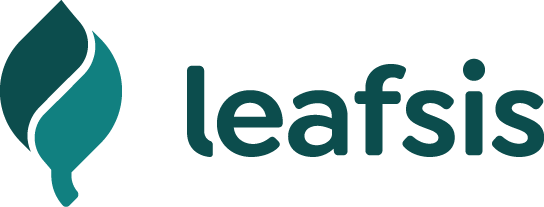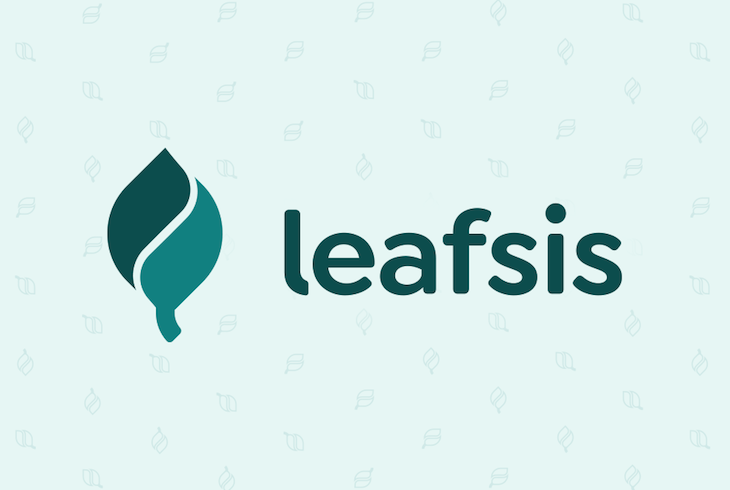What masks should be worn, by whom and when?
It is known that nowadays it is recommended by the World Health Organization that all members wear masks, even healthy members. It is important to mention that this protective article should be used as part of a global strategy in the fight against OVID-19, as this alone will not protect the population from the virus. That said, it is necessary to combine this practice with the correct and constant hand washing with water and soap or 70% alcohol gel and social distancing.
There is yet no direct scientific evidence that there are benefits in the use of masks by healthy limbs in the community context, in this case there are pros and cons. However, the decision of the World Health Directorate to make the use of masks compulsory for all individuals was instigated by the concern that the virus would spread from asymptomatic infected people and taking into account that physical distance becomes costly in certain situations.
What kind of mask to wear and where to wear
The WHO suggests that healthy individuals should make use of home-made or commercially available tissue masks. The public should be encouraged to wear both medical and non-medical masks in communities with transmission or suspected transmission of the virus, let's see:
In areas with known or suspected widespread transmission and limited or no ability to implement other containment measures such as physical distancing, contact tracing, appropriate testing, isolation and treatment of suspected and confirmed cases, the general population in public places (e.g. grocery stores, mass gatherings, closed places including schools, churches, mosques...) should make use of non-medical masks for the purpose of controlling the source.
In places with a high population density where physical remoteness cannot be reached and in places where surveillance and testing capacity and isolation and quarantine facilities are limited, people living in difficult access conditions and in specific contexts (e.g. refugee camps, camps-like camps, slums) should make use of non-medical masks for the purpose of controlling the source.
In scenarios where physical distance (close contact) cannot be achieved, the general public in transport (e.g. bus, plane, train) and people subject to specific working conditions who put the worker in close contact or potential close contact with others (e.g. social workers, cashiers, servants...) should make use of non-medical masks for the purpose of controlling the source.
In scenarios where physical distance cannot be achieved and there is an increased risk of infection and/or negative results, vulnerable populations, i.e. people aged 60 or over, people with cardiovascular disease or diabetes, chronic lung disease, cancer, cerebrovascular disease, immunosuppression, should wear a medical mask for the purpose of protection.
In any context in the community, people with any symptom of COVID-19 should wear a medical mask for the purpose of source control.
How masks should be constituted
The masks recommended by the WHO should:
Have a minimum of 70 % filtration of solid particles or filtration by droplets;
The breathability - pressure difference through the mask as you breathe, reported in millibars (mbar) or pascals (Pa)- should be less than 49 Pa/mc2 for a medical mask;
The breathability -pressure difference across the mask as you breathe, reported in millibars (mbar) or pascals (Pa)-should be less than 100 Pa for a non-medical mask;
The filter quality factor (Q)-function of filtration and breathability -for a home tissue mask should be at least Q of 3.
Mounting a mask
By analysing a proper mask assembly and incorporating the best materials and stratification method, the WHO has determined that a minimum of three layers are required for fabric masks and may need more depending on the fabric used. Therefore, the ideal combination of materials for non-medical masks should include:
An inner layer of hydrophilic material (cotton or cotton blends);
An outer layer of hydrophobic cotton (polypropylene, polyester or blends) that can limit external contamination from penetration to the nose and mouth of the user;
A medium hydrophobic bed of synthetic non-woven material with polypropylene or a layer of cotton which may improve filtration or retain droplets. A mask with these specifications could prevent the droplets of an individual infected with COVID-19 from passing and infecting a healthy individual.
Mask function
Masks have the function of source control and not personal protection since they help the wearing individual not to spread the virus but will not protect him or her from being infected when in contact with an individual carrying the virus. For this reason, and as already mentioned, it is extremely important that the use of the mask is accompanied by social distancing and a correct and constant washing of the hands with water and soap or 70% alcohol gel.
The WHO also recommends that, in areas where the virus is spreading, all health professionals should wear medical masks, even if they are not treating patients with the virus. In areas where the virus has spread, medical masks should be worn by all people over the age of 60 or with health problems, when physical separation is not possible.


